15 Weirdest Nintendo Game Boy Games Ever
It's the name that changed handheld gaming forever, but which Game Boy games are the weirdest of them all?
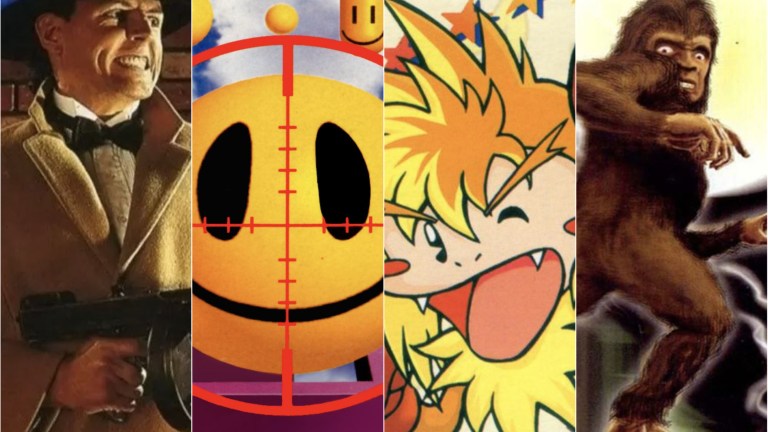
Among many other things, the Game Boy line of handheld hardware legitimized the concept of gaming on the go. The quality of the original Game Boy hardware itself inspired developers everywhere to pursue ambitious new ideas that changed the handheld gaming landscape forever. Of course, just because the Game Boy legitimized the handheld gaming scene doesn’t mean that there weren’t plenty of developers looking to use that legitimization as an excuse to get weird with things.
Yes, while so many of us spent our years with the Game Boy line playing classics like Tetris and Pokémon, those who ventured off the beaten path may have discovered a few oddities that defied logic. Whether those games got you through long car rides and waiting rooms is something only you can answer. What I can tell you is that anyone who played some of the wildest and weirdest Game Boy games likely never forgot them.
Before we start talking about some of those games, though, here’s a look at the criteria used to assemble this list:
- For the purposes of this list, every game released for the Game Boy, Game Boy Color, and Game Boy Advance (and all related hardware spin-offs) was considered eligible.
- A game did not need to receive a global release in order to be considered eligible for this list. However, only officially released Game Boy games are eligible. That means no homebrewed games or resurrected unreleased projects.
- Any game that featured something unusual or untraditional (whether it be that title’s gameplay, story, premise, or the circumstances of its release) was considered to be “weird” enough to at least be worthy of initial consideration.
With that out of the way, here’s our look at some of the absolute weirdest games released for every Game Boy console.
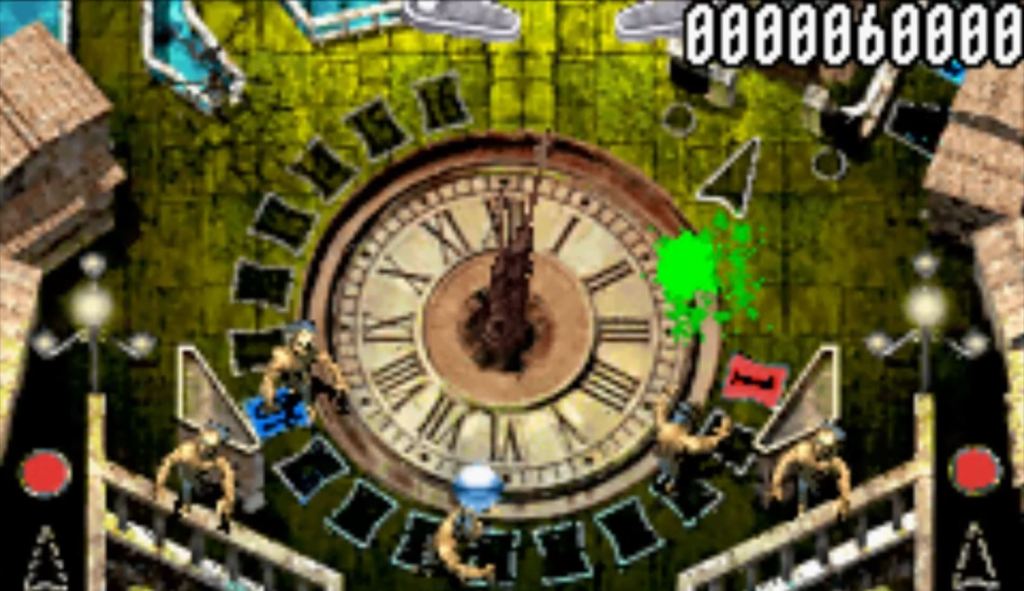
15. The Pinball of the Dead
If you think Typing of the Dead is the weirdest point in House of the Dead‘s history, then you’ve probably never heard of Pinball of the Dead; the game that is exactly what you think it is. A zombie-themed pinball game for the Game Boy Advance is weird no matter how you choose to look at it, but it’s this game’s elaborate presentation and cinematic flair that put it far over the top.
What’s really strange, though, is that this game is actually really, really good. Yeah, it’s just digital pinball, but it’s certainly one of the best options for anyone looking for a digital pinball game to play on the go. Why did they stop making increasingly bizarre House of the Dead spin-offs? Most of them were great.
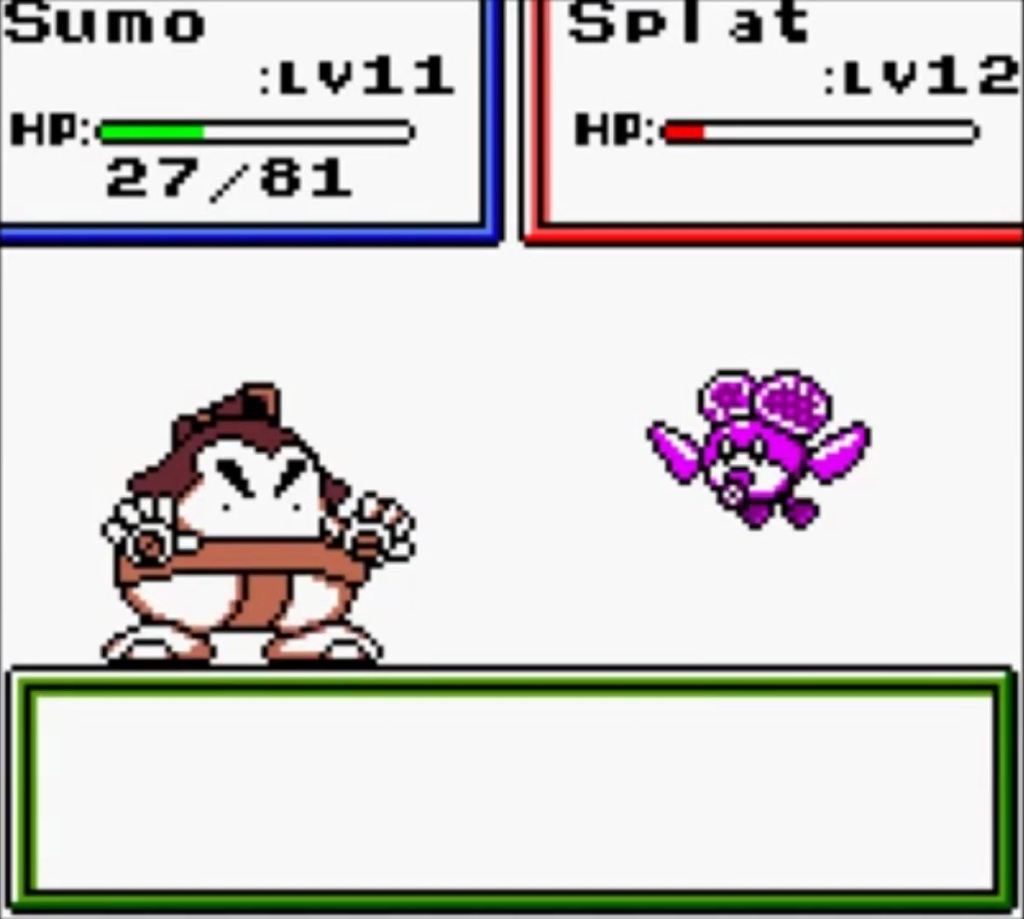
14. Robopon
On the surface, Robopon looks like yet another entry in a long line of Pokémon ripoffs made for the Game Boy and Game Boy Color. In many ways, that’s exactly what it is. Yet, this robot collection/fighting game happened to feature a truly bizarre gimmick that set it apart from just about everything else out there.
See, the Robopon cartridges shipped with builtin-infrared sensors that could detect inputs from common household devices. So, you could do something like point your TV remote at the cartridge and receive a seemingly random benefit like a stat boost. Those same sensors also allowed players to wirelessly trade characters. While technologically impressive in its own right, that whole concept (which is commonly known as the “GB Kiss”) just never really caught on.
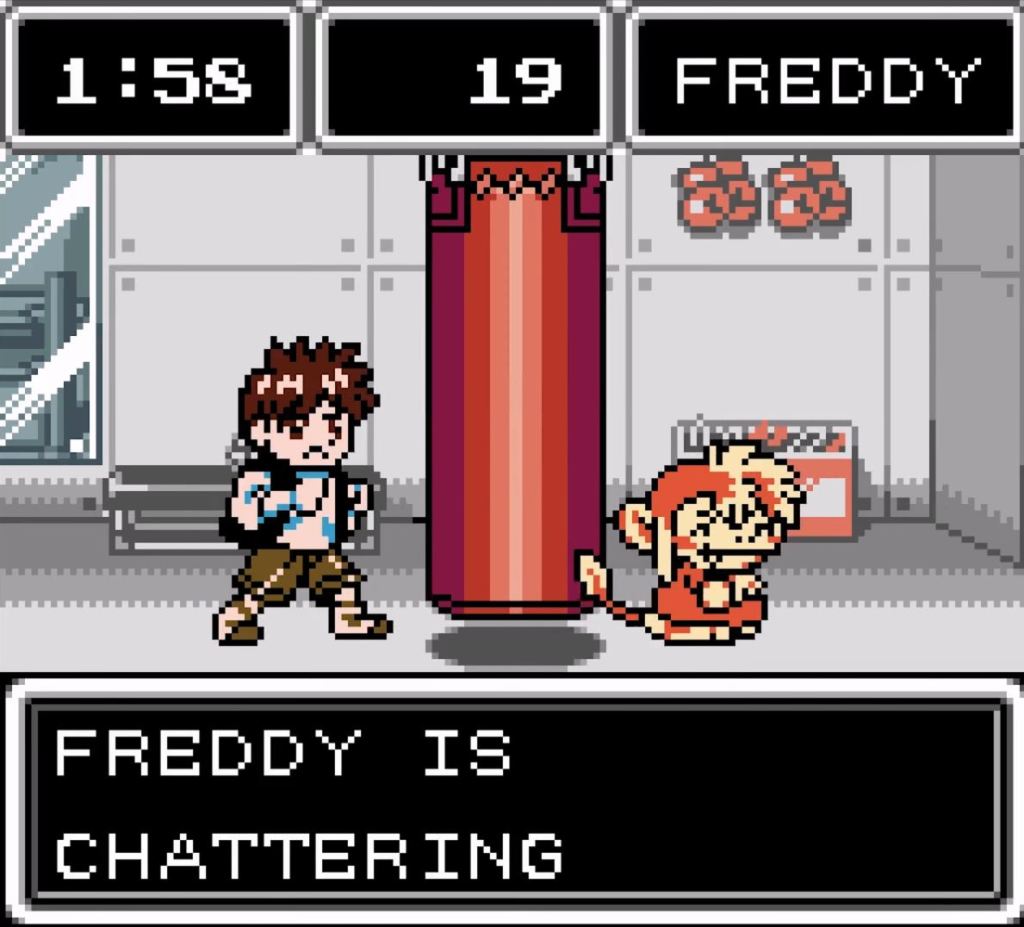
13. Monkey Puncher
First off, Monkey Puncher is just a great name for a game. I would gladly play several entries in a “Puncher” franchise (Dude Puncher, Fish Puncher, Kick Puncher, etc.). While that name does give away quite a lot about the game itself (it’s a boxing title starring monkeys), everything else about this title is truly surprising.
After all, few games begin with your father and sibling being kidnapped by monkey gangsters. Fewer games then ask you to work your way through a monkey boxing league in order to rescue them. Of course, there’s only one game that also allows you to have monkey children that can carry on your boxing legacy, and, you guessed it, it’s Monkey Puncher.
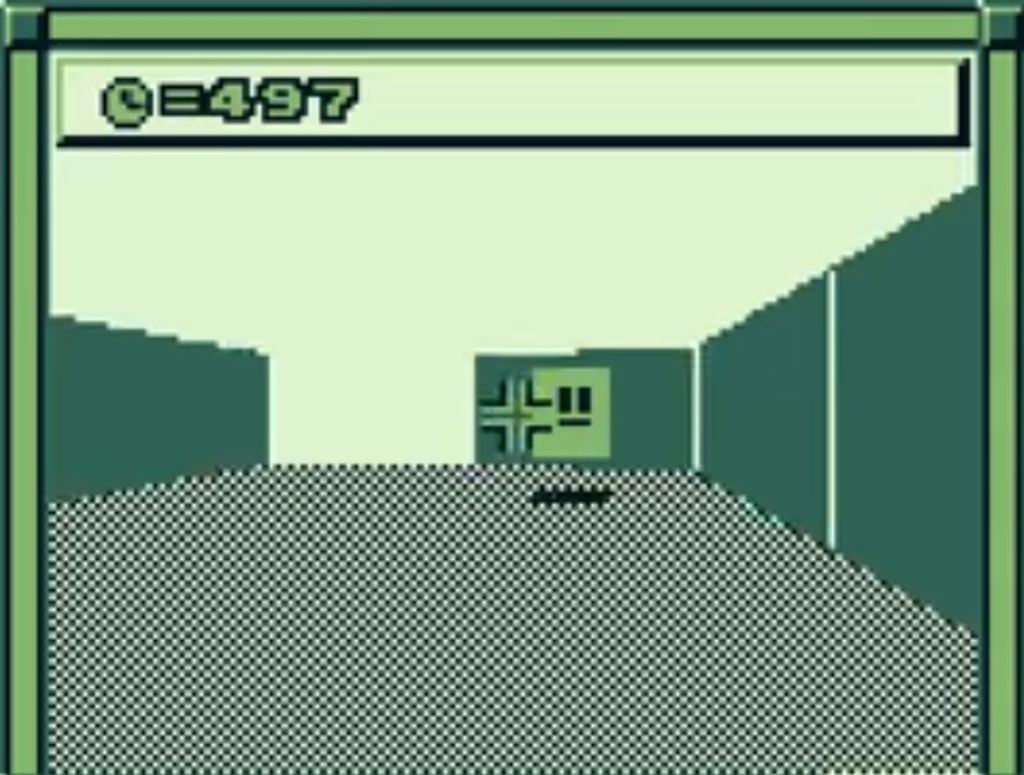
12. Faceball 2000
On the one hand, Faceball 2000 undoubtedly deserves credit for being a 3D(ish) FPS game that was technically playable on Game Boy. It even supported competitive multiplayer (though the stories of its fabled 16-player multiplayer mode are greatly exaggerated). On the other hand, this whole game is a technical nightmare that feels like it’s bursting at the seams even as you play it.
Still, I feel like this game belongs on this list for its technical ambition alone. It’s closer to a proof of concept than a proper video game, which really makes the fact that it was released to the general public that much more bizarre. Besides, how many FPS games star giant smiling faces trapped in some kind of hellish maze?
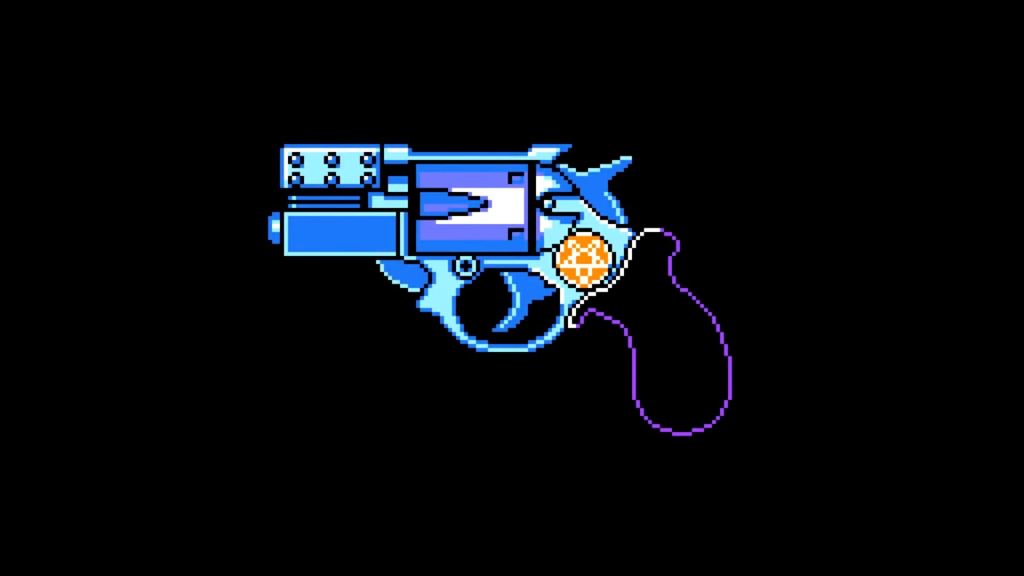
11. Shin Megami Tensei: Devil Children
“Shin Megami Tensei” is practically another way to say “weird,” but this GBC spin-off of that demonic franchise occupies its own tier on the “WTF?” scale.
Devil Children is basically a Shin Megami Tensei version of Pokémon. Before the title’s cutesy characters and non-violent options lead you to believe that this is a softer, gentler side of the Shin Megami Tensei series, though, you should know that this title is still filled with pentagrams, guns, and risque character designs. It’s that clash of styles that makes this game so difficult to properly process. Still, it’s a shame that these GBC games never got a proper English translation. They’re some truly unique and worthwhile specimens.
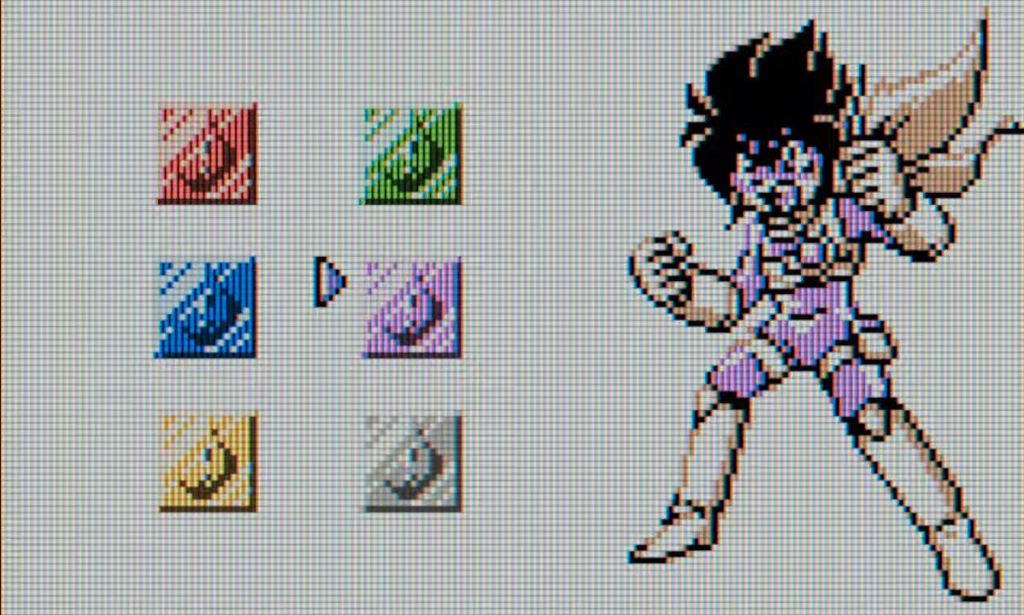
10. Zok Zok Heroes
If you played an emulated version of Zok Zok Heroes on modern hardware, you probably wouldn’t see what’s so strange about it. After all, it’s a pretty standard JRPG in many respects. The problem is that it’s not really possible to play a properly emulated version of Zok Zok Heroes. That’s because the original version of Zok Zok Heroes utilized a bizarre motion-controlled peripheral called the Full Changer.
By moving the Full Changer across the infrared sensor found on the Zok Zok cartridge, you could actually transform your playable character and assume different forms. It was a fascinating concept that, by most accounts, never worked nearly as well as you needed it to given how often you were required to complete those transformations. Still, what a weird and wonderful mechanic.
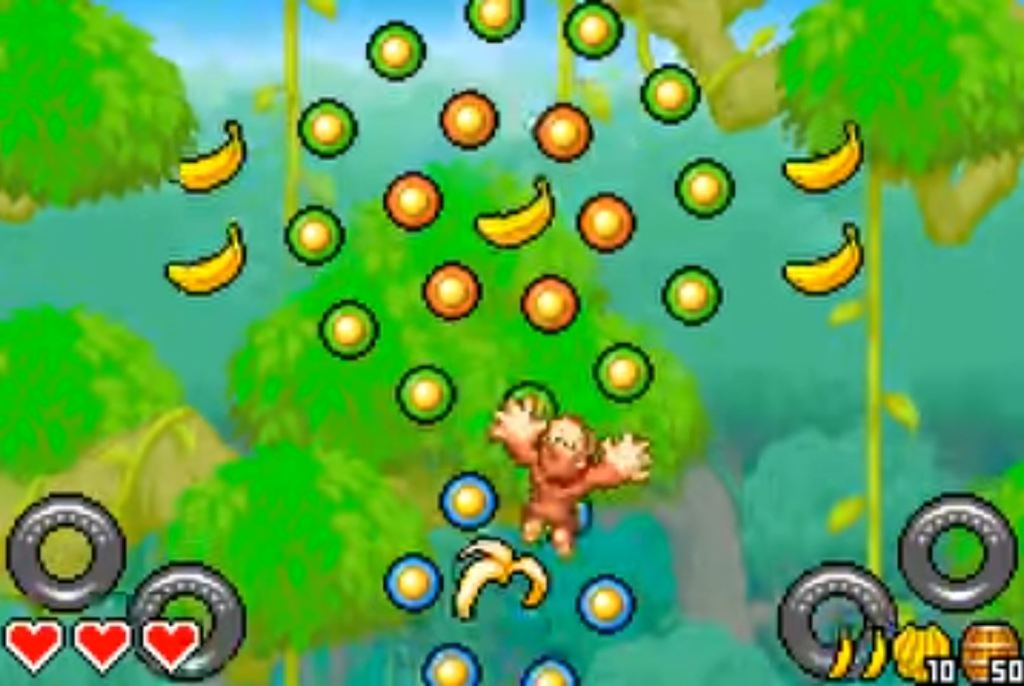
9. DK: King of Swing
Donkey Kong has starred in a number of strange spin-offs over the years (Donkey Kong Jungle Beat jumps to mind), but I find this 2005 GBA title to be one of the character’s oddest adventures.
King of Swing is built around an unusual swinging mechanic that requires you to move between vertically positioned pegs by using the GBA’s shoulder buttons. Essentially a reimagined version of the obscure NES game Clu Clu Land, King of Swing is one of those bizarre titles that defies genre classification and is nearly impossibly to properly described through words alone. It’s a kind of puzzle platformer that is both incredibly simple and strangely complicated. I’m not really sure who this game was intended for, but I’ve always appreciated just how different it is from nearly everything else out there.
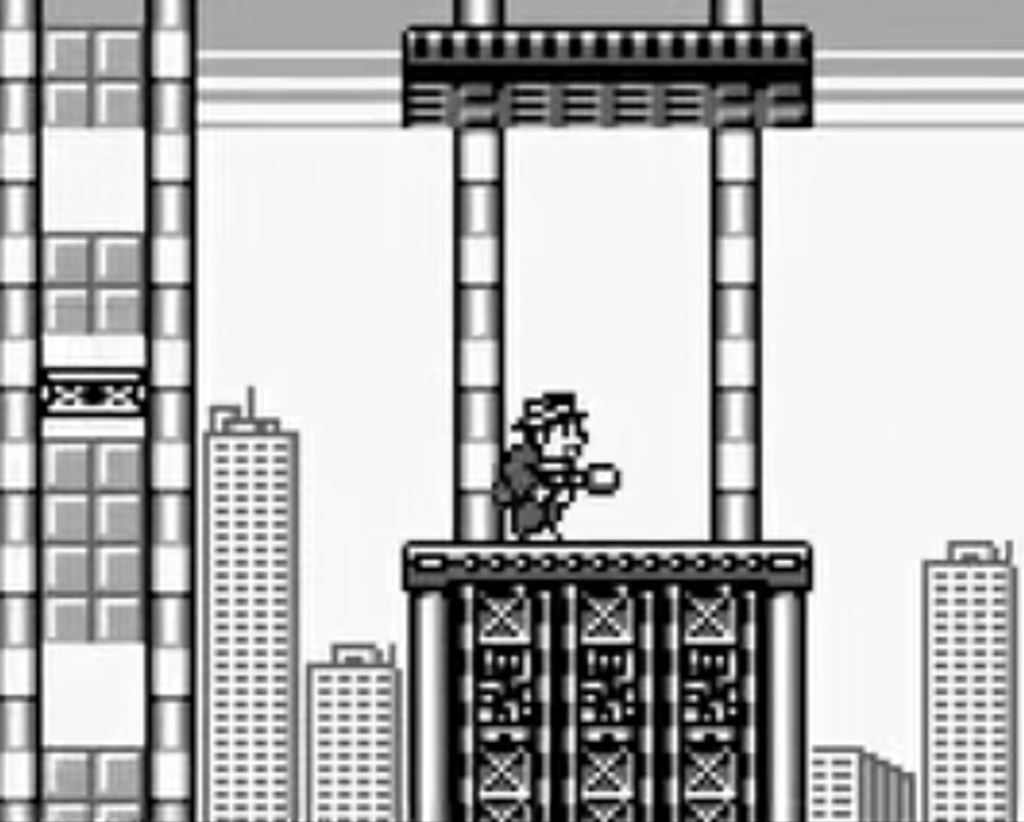
8. Avenging Spirit
Avenging Spirit is a true hidden gem in the Game Boy library. This wonderful action-adventure title sees you possess various people, creatures, and items in order to overcome some fiendishly clever challenges. It’s also a Game Boy game that features gangsters, murder, and kidnapping. While those elements of the game are toned down from how they were presented in the arcade version of this title, this is still a tonally bizarre experience for one of Nintendo’s most family-friendly devices.
Indeed, it seems that even the game’s own publishers weren’t quite sure what to do with this one. One of the game’s original covers features a cutesy ghost, while the other features a gangster firing a Tommy Gun. This is just a fascinating relic of a time when publishers just had no idea how to market certain games that weren’t easily classified.
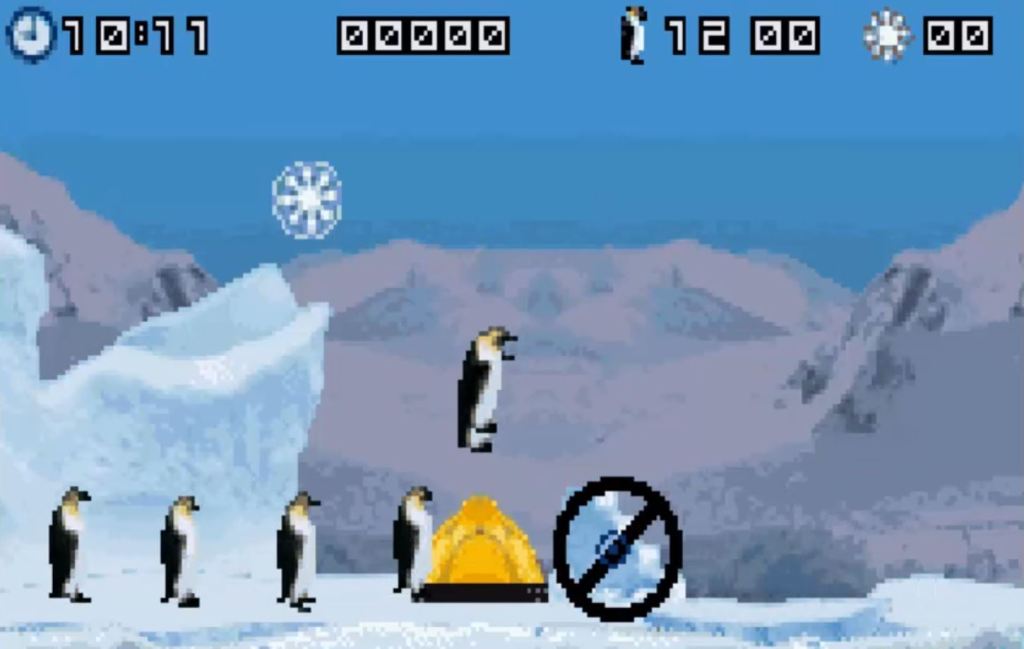
7. March Of The Penguins
Yes, somebody actually made a video game based on the 2005 documentary, March of the Penguins. How do you possibly make a game based on a nature documentary? Well, according to the developers of this incredibly odd title, you basically just need to rip off the Lemmings franchise.
While that’s actually not the worst idea for a March of the Penguins game I’ve ever heard (this could have also been an FPS or mating dance-based rhythm title), this is a case of a game that has no idea what it’s really trying to be. Parts of this title are educational and vaguely realistic, while other parts see you help penguins cross massive gaps with the help of carefully placed trampolines. It’s also darkly hilarious that the penguins can’t actually die in this game and instead just magically fly up from the bottom of cliffs. Just one of nature’s miracles, I suppose.
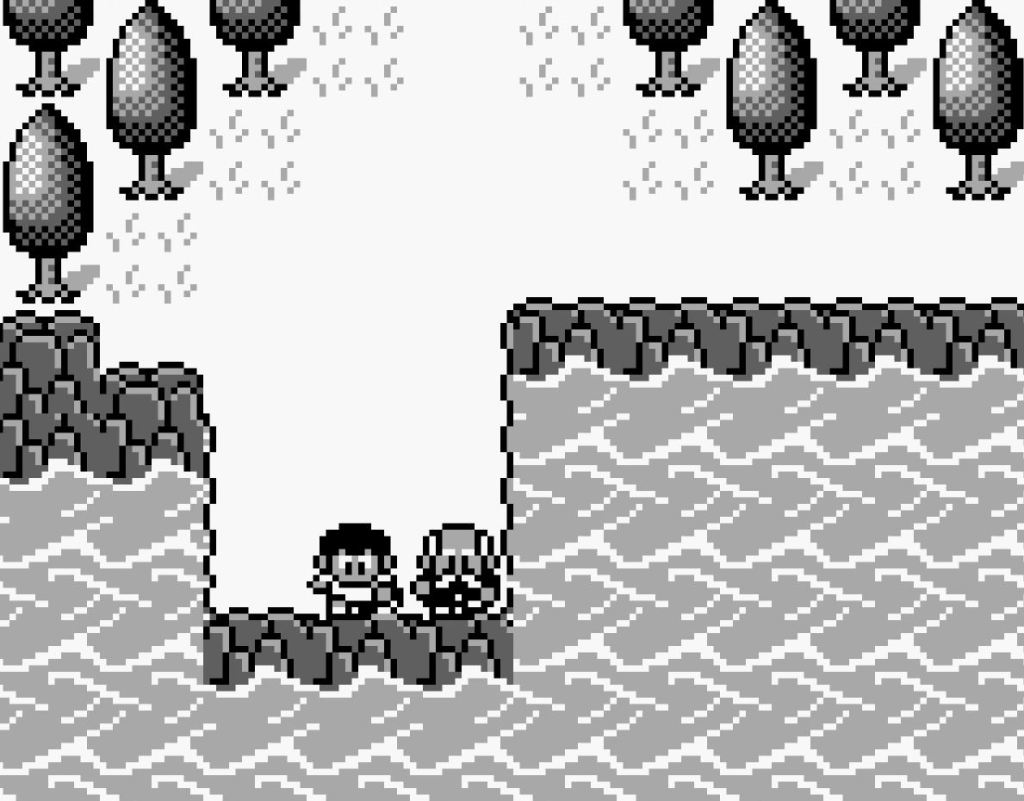
6. Kaeru no Tame ni Kane wa Naru (The Frog For Whom the Bell Tolls)
Taken on its own merits, The Frog For Whom the Bell Tolls is an incredibly well-made Game Boy adventure game that really deserves an official English translation and Western release. However, this title will likely always be remembered best for its bizarre connections to The Legend of Zelda: Link’s Awakening.
Not only was Link’s Awakening based on this game’s engine (the two titles are strikingly similar in a lot of ways), but several of the characters in this game actually appear in Link’s Awakening. In many ways, this game does feel like a weird test run for Link’s Awakening. It’s odd that this title is almost never talked about given that it could have easily been a proper entry in the Zelda franchise or even just a spin-off.

5. Heiankyo Alien
This is actually a 1990 Game Boy port of an incredibly popular 1979 Japanese arcade game of the same name. While that arcade game was initially brought to the US in 1980 under the name “Digger,” the developers of this port decided to lean into the original game’s weirdness and give Western audiences the full Heiankyo Alien experience. Their attempt sadly backfired as both critics and audiences struggled to make much sense of the game’s name, premise, or even its creepy box art.
That’s a shame, because this really is a brilliant little title. Heiankyo Alien is essentially a puzzle game that sees you play as a police officer in feudal Japan who must trap invading aliens by forcing them to fall into freshly dug holes. It’s the kind of game that understandably turned off retro gamers looking for a sci-fi action title, but if you can get past this game’s unusual….everything, you’ll find a real gem of an action puzzle game.
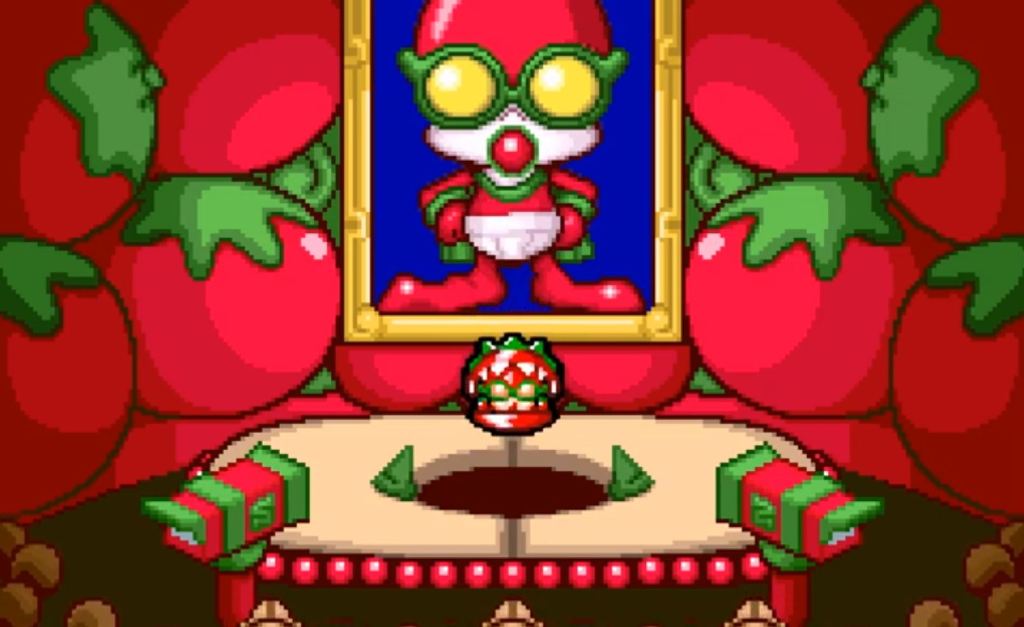
4. Tomato Adventure
When I first heard about this game, I expected to find some retro platformer starring the adventures of a wisecracking tomato. Instead, I stumbled upon something so much weirder and so much more wonderful.
Tomato Aventure is a GBA RPG that defies all logic. The “tomato” part of the title references the Ketchup Kingdom that your characters must navigate on their journey to save their girlfriend from an evil king who lives in a structure known as the “Gimmick Palace.” The only other RPG I’ve ever played that comes close to matching this game’s epic quirkiness would be the legendary SNES title, Earthbound (or the Mario & Luigi games the Tomato Adventure team eventually worked on). Even those games can’t match the bizarre nature of Tomato Adventure’s Alcatraz-themed dungeon (which is actually an elaborate recording studio) or the parts of the game where you have to navigate MC Escher-like puzzles.
Tomato Adventure is that rare game that feels both entirely random and wonderfully creatively focused. It’s a genuine contender for the best RPG you’ve never played.
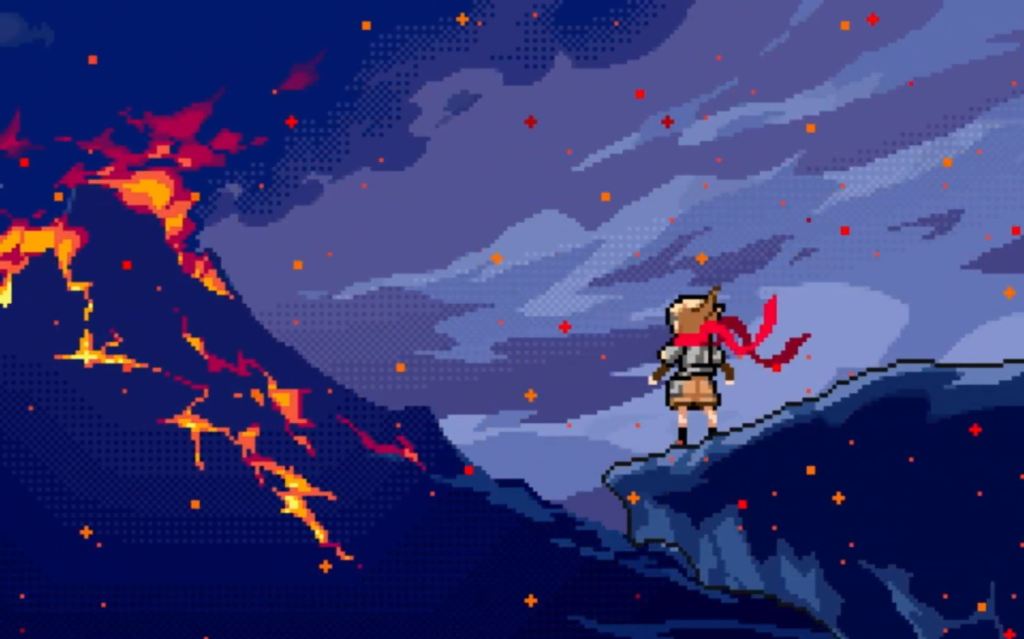
3. Boktai: The Sun is in Your Hand
There was a time when Boktai and its central gameplay gimmick were a pretty big deal. Over the years, though, I’ve found that a lot of people have simply forgotten about this game. That’s a shame, because there’s no world in which we should easily forget about a GBA game with a built-in light sensor that encourages you to play outside.
Yes, this 2003 vampire hunting title really embraced the “go touch some grass” meme years before the rest of us did. While you weren’t required to play the game outside (the game’s internal clock kept track of night and day cycles regardless of your location), those who did play Boktai in direct sunlight received significant gameplay advantages. Granted, the GBA’s poor backlighting and the wonky nature of the cartridge’s sunlight sensor kind of hurt that concept’s potential, but what a great gimmick. It shouldn’t surprise you to learn that the always eclectic Hideo Kojima was actually the producer of this game.
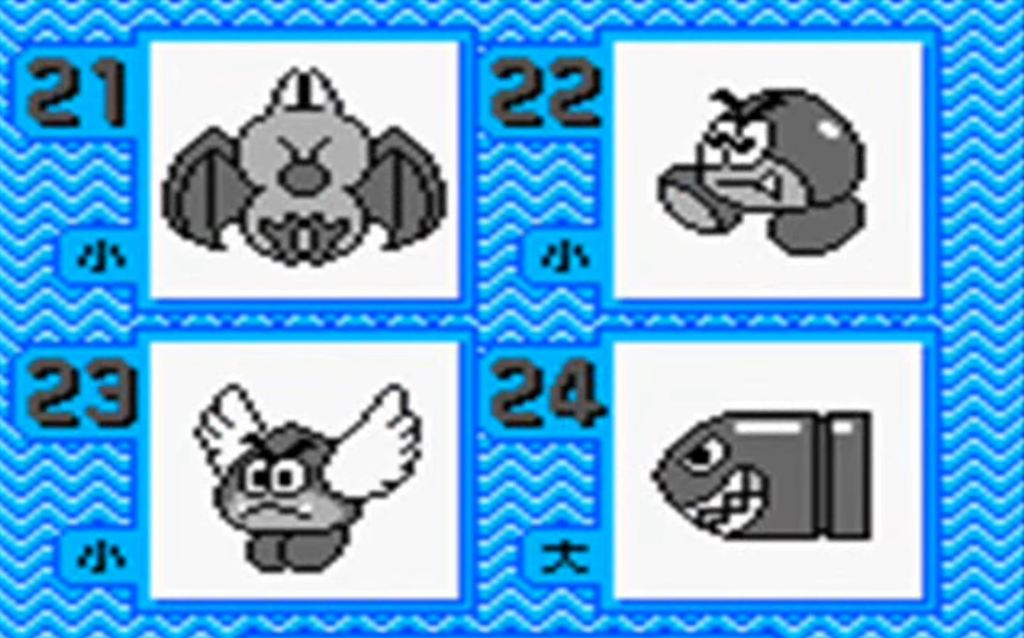
2. Mario Family
There are a ton of unlicensed Game Boy games designed to do strange things. For instance, there’s a homebrew DJ game that lets you create Game Boy-friendly tracks via the hardware’s few audio channels. Obviously, most of those games don’t qualify for this list. Even if they did, they’d still have to bow down to the weirdness of Mario Family.
This Japanese-only GBC game was designed to work with models of JN-series sewing machines. Yes, I said sewing machines. The entire point of this “game” is to feed pre-arranged Mario-themed designs into the sewing machines and (hopefully) watch the machine automatically recreate those patterns. I know that Mario has appeared in a number of odd games over the years, but this has to be the strangest official Mario title ever released for Nintendo hardware.
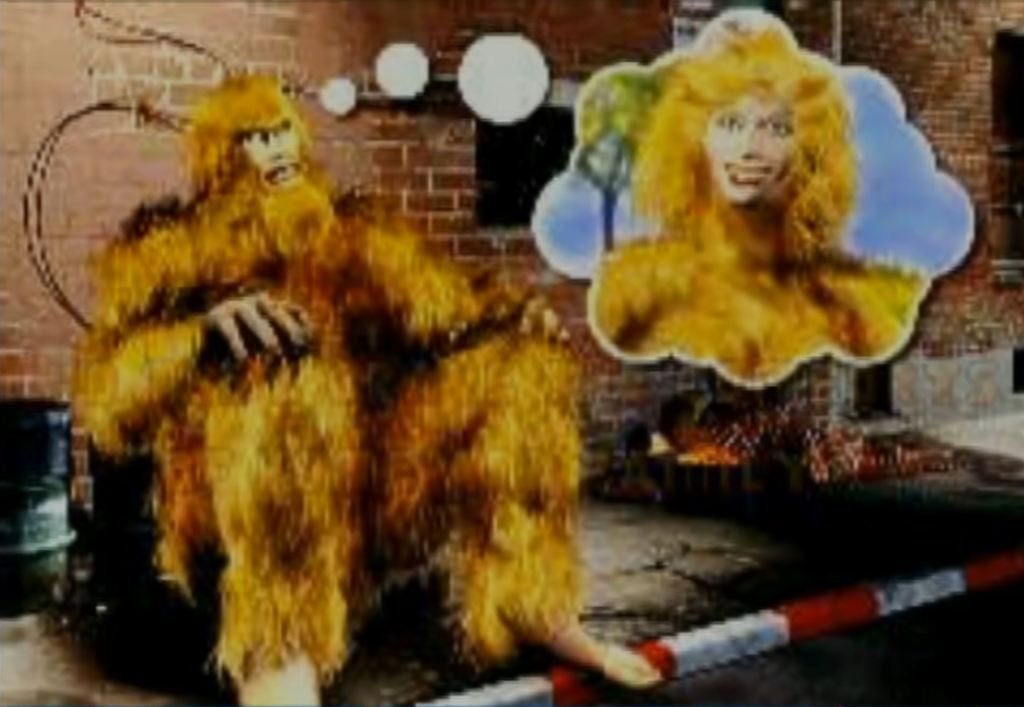
1. Urban Yeti
In recent years, a series of speed runs and online videos have rescued this 2002 title from absolute obscurity. While I’m personally happy to know this game exists, there are times when I wonder if it’s not one of those rare beasts best left to live in the dark.
Urban Yeti stars a yeti who must find a mate in the big city. What follows is a series of minigame misadventures spread across a GTA-like open environment. If you’ve ever wanted to play a game where the world’s horniest yeti works in a soup kitchen in order to pay a bridge toll, then I feel reasonably confident saying this is quite literally the only game for you.
On some level, I’m able to process that this game might exist as some web page project developed over the course of a weekend by an especially bored student. However, it’s shocking to think that someone might have actually purchased this game at a legitimate retail outlet with actual human money.
